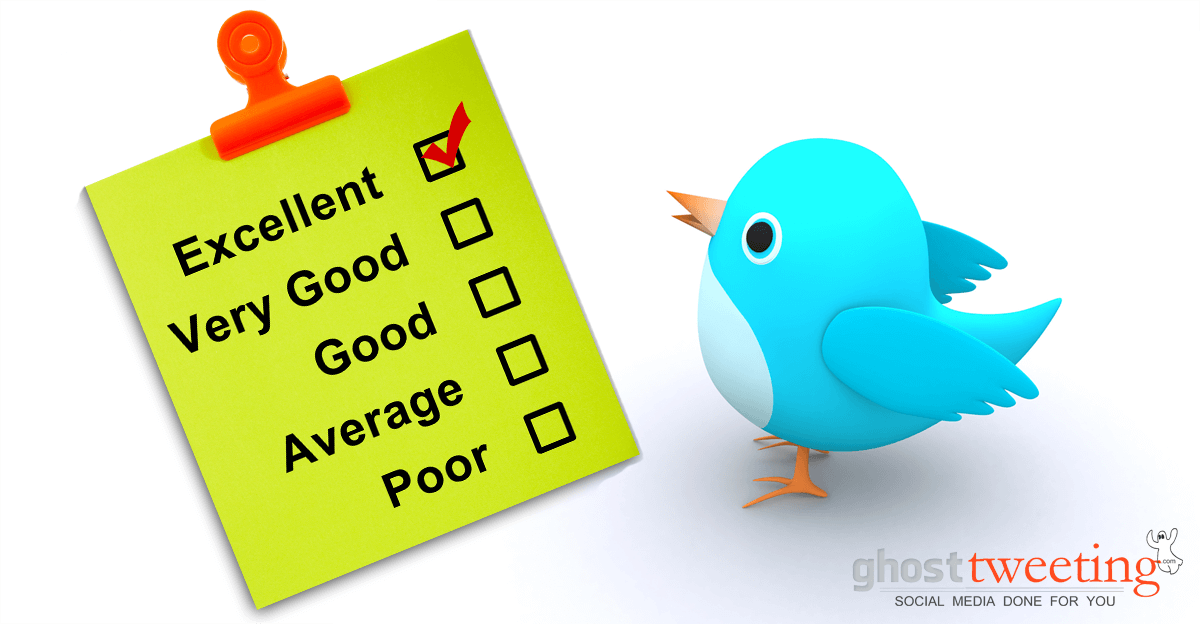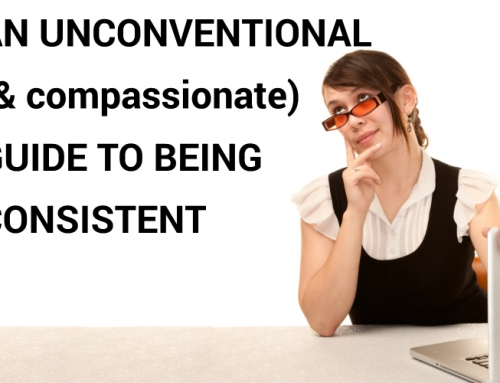
Ever since that very first tweet ventured out to the vast reaches of the Twitterverse a decade ago, Tweeters have been on a quest to uncover the formula to construct the perfect tweet. Here’s the good news: we have it and we’re going to share it with you.
Brevity, my friend
You may be able to wax poetic on your topic, but this isn’t the format for that. Twitter’s long-held tradition of a 140-character cap is part of its charm, but even that’s too long. According to a Buddy Media study, the magic number is one hundred. Tweets that hit 100 characters or less earn a 17% higher engagement rate than longer tweets.
Headline it!
Magazine headlines, email subject lines, and blog titles all have a lot in common with tweets. Catchy, concise copy grabs the attention of your readers and compels them to read more. Tweets that follow a proven headline formula are attractive and compelling.
Use active voice. Fill your tweets with action words. Experiment with “How To” headlines, numbered lists, and questions.
Learn more: How to write compelling headlines that get clicks and engagement
Skip the Sales Pitch – Be Valuable
There’s a time and a place to include a bit of promotion on social media, but the bulk of your content should be devoted to providing meaningful value to your followers. What can you offer them? Share quotes, tips, and links to informational blogs and articles. Compelling, informational tweets that feature your expertise in bite-sized, enticing chunks help to build a loyal following. Once you’ve established trust and confidence among your Twitter community, you can gently guide prospects into your sales funnel.
For more information on creating the path from follower to customer, read: Maximize Your Social Media ROI – The 3-Step Formula
#Hashtag with purpose
The hashtag is like jumping up and down, waving your arms and saying “Hey, you! Over here!” Get the best bang for your hashtag buck by using relevant search terms. Think like your target audience. When they hit up Google or social media search bars, what words are they using to find folks like you? Do a little research to find out what relevant keywords are current and popular on the platform.
Let’s talk structure. Hitting the space bar or dropping in a symbol ends your hashtag. #Eat-At-Joe’s is read by Twitter as just “#Eat.” If you want to use a multiword phrase, squish it all together – no spaces, dashes or symbols. To make each word stand out, capitalize the first letter: #EatAtJoes. As for placement, you can add in your hashtags at the end of your tweet or you can hashtag words within the body copy like this:
#Hashtags can boost your #SEO efforts. Here’s the scoop: http://bit.ly/1ZlBJlu #SocialMedia
We’ve got plenty more to say about the hashtag. Check out our previous blog post on the subject: Hashtags: The Who, What, When, Where, Why, and How
Link It Up
Salesforce took a look at Buddy Media metrics and came away with a stat you can’t ignore. Tweets that include links get retweeted 86% more than those that don’t. Before you get busy filling your feed with links, let’s talk sweet-spot. The truth is: as much as your followers love a good link, they also love variety. Incorporate a link into 60-80% of your tweets and mix in a balance of quick tips, facts, and quotes.
Try it out! Click to tweet this: Tweets that include links get retweeted 86% more than those that don’t. More about writing the perfect tweet: http://ghos.tw/1VJK9mM
Show a Little Twitter Love
There will be times you’ll want to tag another person in your tweets. If you’re quoting someone who has a Twitter presence, use their Twitter handle so they know you’re showing them some love. For example:
“As a businesswoman, biz & personal often blend together. So be yourself always.” ~ @NikaStewart
The same approach works when you’re sharing a great tip or article from someone else. Mention the publication name and/or the author:
Are You Treating #SocialMedia as an Afterthought? @NikaStewart wants to talk to you: http://huff.to/1rTrK9d via @HuffPostBiz
Just be careful where you place the attribution. @mentions placed at the start of a tweet lead the platform to think you’re talking to the person, not necessarily about the person. That will limit the scope of who sees your tweet. If the best way to word your missive places the individual’s name up front, use punctuation before the @-symbol so Twitter knows this is a public conversation. As an example:
.@StreambankMedia is exploring a few ways to show ultra #Twitter Love. You’ve got to read this: http://bit.ly/22sIE1v They say the best writers are avid readers. We think that’s true for stellar Tweeters too. Spend time strolling through your Twitter feed. What tweets get your attention? What tweets are being retweeted and loved on by others? Follow the pros for tips and tricks. Or, if you want to enjoy a consistent, professional, and content-rich presence on Twitter without ever struggling to come up with content, take a look at Ghost Tweeting’s Twitter Essentials program. Never again will you go days or (gasp!) weeks without tweeting! Do Your Research





